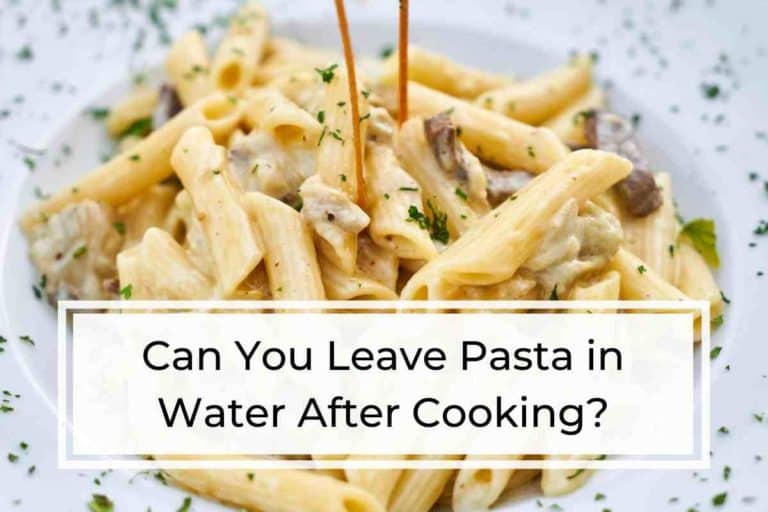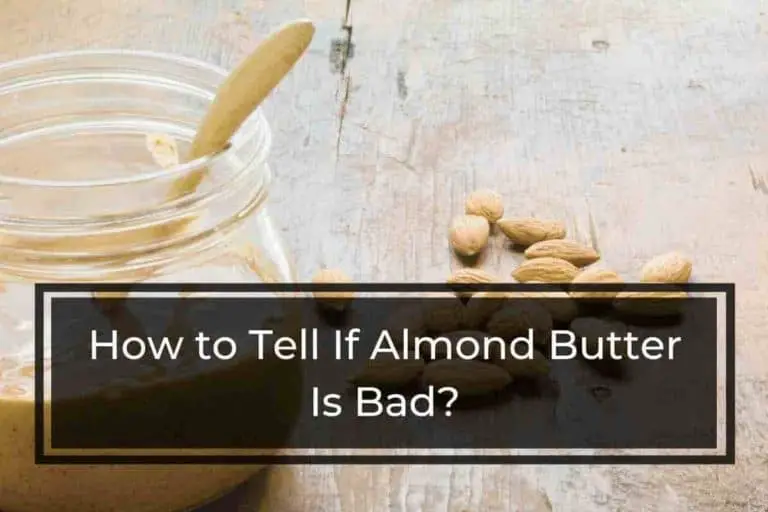What Temperature is the Best for Baking a Cake?
When baking a cake, there are many things to keep in mind, which can influence your cake’s outcome. An important factor in baking is choosing the proper baking temperature according to the recipe of your cake. But what is the best temperature for baking a cake?
What Temperature is the Best for Baking a Cake? The best baking temperature for cakes is 325°F to 350°F for 30-40 minutes, depending on the recipe and how moist you like your cake. The baking temperature and time depend upon the size and batter of the cake. Typical sponge cakes require a temperature of 350°F (180℃), but dense cakes (like Bundt and pound cakes) require a temperature of 325°F (160℃) with a longer time for baking.
For each recipe, the baking time varies, so it is best to keep checking the cake with a toothpick while baking to determine if it is ready. Sometimes an inaccurate oven ruins your cake, so it is better to check the oven temperature using a thermometer.

You can find my favorite bakeware products on my recommended products page, which includes my top picks by category. Read below to learn more about the lowest temperature you can bake a cake and Do’s & Dont’s for baking a perfect cake.
Why Do You Need a Certain Temperature for Baking a Cake?
Baking cakes require a specific temperature because, during baking, the cake undergoes a lot of complex physical and chemical reactions which need a particular temperature to initiate. These reactions are necessary for the rising and fluffiness of the cake.
Without a specific temperature for a particular recipe, your cake will not turn out as perfect as you wish. There is a particular temperature that you must meet to ensure the cake is neither overdone nor underdone.
The process of baking cake involves melting fat, sugar dissolving, gas expansion, proteins coagulating, gas evaporating, caramelization, and starch gelatinization. All these steps require a specific temperature to work.
It is essential to bake cakes at the correct temperature for various reasons; otherwise, you would ruin them. Below are some factors that require a specific temperature for proper baking and working:
Activation of Raising Agents
The agents that cause the raising of the cake require a particular temperature to work. If the cake does not meet that temperature, it won’t begin to rise and fluff.
Moistness of Cake
You can enjoy a moist cake only at a specific temperature because if the temperature exceeds the maximum limit, all the cake’s moisture will evaporate, leaving you with a crusty and crispy cake.
Ingredients
The recipes that include high sugar and starch content are caramelized quickly or even burnt if baked at a very high temperature. Also, recipes that contain a lot of eggs can result in a mushy and rubbery texture of the cake. So, it is essential to adjust the temperature according to the recipe and ingredients.
Are All Types of Cakes Baked at the Same Temperature?
Every type of cake requires a different temperature to bake perfectly. The baking temperature of each cake varies from others depending upon the size, ingredients, and volume of the pan.
Some cakes bake perfectly at 180℃, while some cakes with high sugar content might turn out a little too dark with cracked surfaces at this temperature. A temperature of 160°C is ideal for Bundt cake since it won’t bake correctly at 180°C.
Baking temperature is tricky to pin down correctly, or else you would end up with a ruined cake. So it is better to consider the temperature for each cake according to the requirements. The accurate temperature for baking cake is essential to keep the cake fresh for a longer period.
What Is the Lowest Temperature You Can Bake a Cake?
The lowest temperature for baking a cake is 140℃ (284℉); this temperature works excellent for moist and flat-topped cakes and cupcakes. Madeira cakes bake perfectly at 140℃ for 1.5 hours with a flat top and even baking.
Low baking temperature helps in the even distribution of the heat, but you have to increase the baking time for perfect baking. But the temperature depends on the recipe; some cakes bake quickly at a low temperature while some decadent cakes require high heat.
The baking temperature and timing of the cake are also dependent upon the size of the cake, and different cake sizes have different temperatures and timings. Here are a few standard sizes of cake with estimated baking temperature and time:
| Cake Size | Baking Temperature | Baking Time |
| 6″ pan size cake | 150℃ | 75-85 minutes |
| 8″ pan size cake | 160℃ | 75-80 minutes |
| 10″ pan size cake | 170℃ | 55-60 minutes |
| 14″ pan size cake | 180℃ | 45-50 minutes |
| 17 x 12 pan size cake | 250℃ | 7-8 minutes |
Do’s and Dont’s for Baking a Perfect Cake
Following are some crucial tips and preventions to follow while baking a cake for excellent outcomes:
Do’s:
- Read and follow the recipe thoroughly and be precise about measuring the ingredients to avoid any disaster.
- Use Oven safe and non-stick pan for safe baking of the cake.
- Before baking, always preheat the oven and adjust the baking temperature and time according to the recipe.
- If an ingredient in the recipe requires at room temperature, like butter or cream, you should use it at room temperature.
- Prepare your pan by greasing it with butter and dusting it with flour before baking.
- Constantly shift dry ingredients like flour, cocoa powder, sugar, etc., through a sieve to avoid lumps and incorporate air for better mixing.
- Use parchment paper lining in the baking pan to avoid sticking cake in the pan.
- Do check the cake with a toothpick to know whether the cake is ready or not. Put the toothpick in the center, and if it comes clean, the cake is ready.
Dont’s:
- There should be no substitutions in a recipe unless it explicitly states that substitutions are allowed.
- A cake batter should not be over-or under-mixed, as overmixing results in deflating air from the batter, resulting in a tough cake.
- If you open the oven door repeatedly or before baking, the cake will crack.
- Do not over or underbake your cake, as the over-baked cake would result in a brown and crusty cake.
- Do not cool your cake immediately after removing it from the oven, as it will cause heat shocks, and the cake will stick to the pan.
Read Also: Should You Cover a Cake While Baking?
Conclusion
It is necessary to consider the baking temperature for each cake according to the recipe and ingredients, as the wrong baking temperature could result in a ruined cake. The average baking temperature for regular sponge cakes is 180℃, but some cakes bake at high temperatures and some at low temperatures depending on the recipe. The baking temperature also varies with cake size, so it is better to consider everything precisely for the perfect baking.







